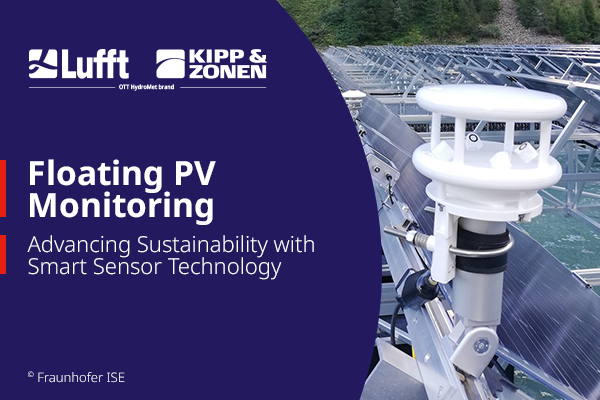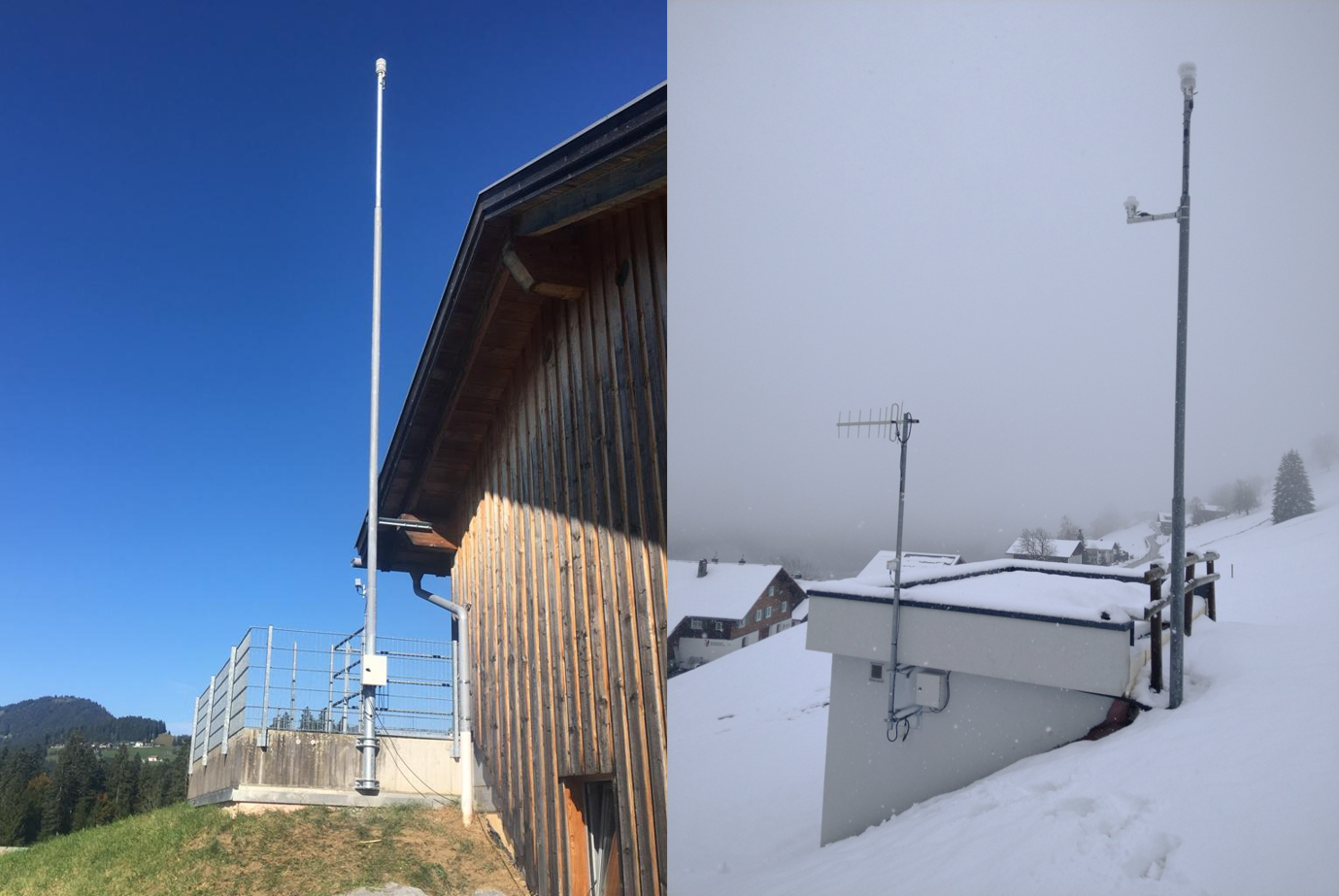There are several growing challenges affecting the hydrology industry, from increasing sea levels and water scarcity to more frequent extreme weather events and urbanization. These trends create an increased demand for high intensity and continuous monitoring in order to reduce uncertainty in data.
As the need for continuous data grows, we anticipate several industry trends becoming all the more important in the new year. Our latest guide covers topics including remote communication, data redundancy, Python scripting, and robust software to highlight where the industry is headed and how to keep your hydrology monitoring networks up to date.
We also explore the following topics in-depth:
- Top product highlights for 2021
- Benefits of high-intensity monitoring
- How to develop a seamlessly integrated monitoring system
Learn more about the future of hydrological monitoring in our free guide today.



